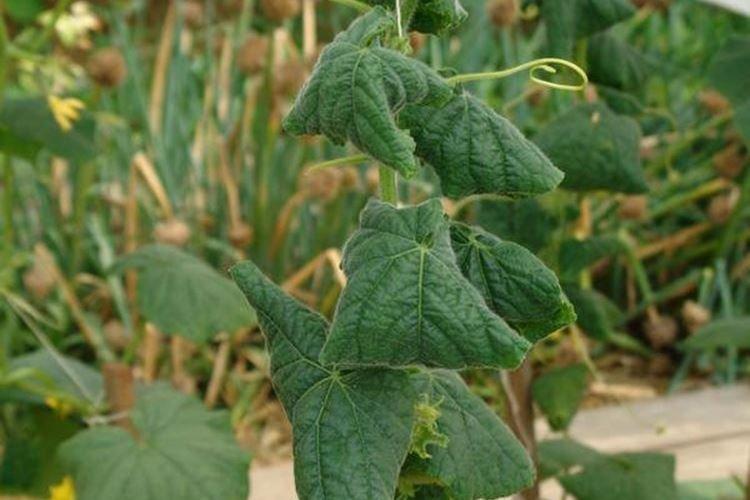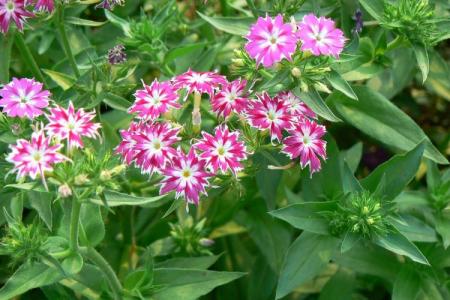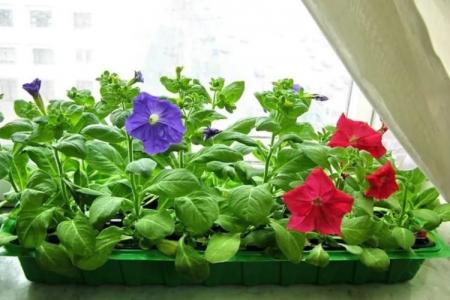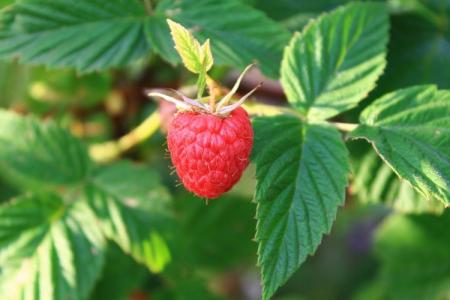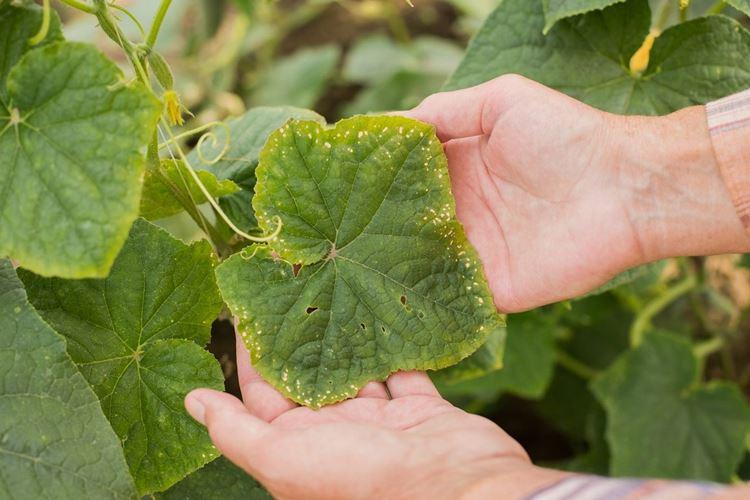
It is unlikely that there is at least one more vegetable in the world that could compete with cucumbers in popularity. But, unfortunately, people's love is not a panacea for all diseases, viruses or fungi. It is important to detect the problem in time, and large, tall leaves of cucumbers will serve as an excellent indicator. Let's tell!
Bumps and bumps on the leaves
Irregularities, bumps and bumps on the surface of cucumber leaves often indicate the presence of pests. Insects lay eggs or leave their waste products. But there are other reasons too!
- Oedema or dropsy - these are small tubercles on the leaves of garden crops that appear due to stress or improper living conditions;
- Pimples on the leaves of cucumbers appear due to hypothermia or after early planting in a warm greenhouse soil;
- When a whitefly attacks cucumbers, it leaves behind wart growths;
- Small formations on the front side of the leaves remain when aphids are hiding and laying on the back side.
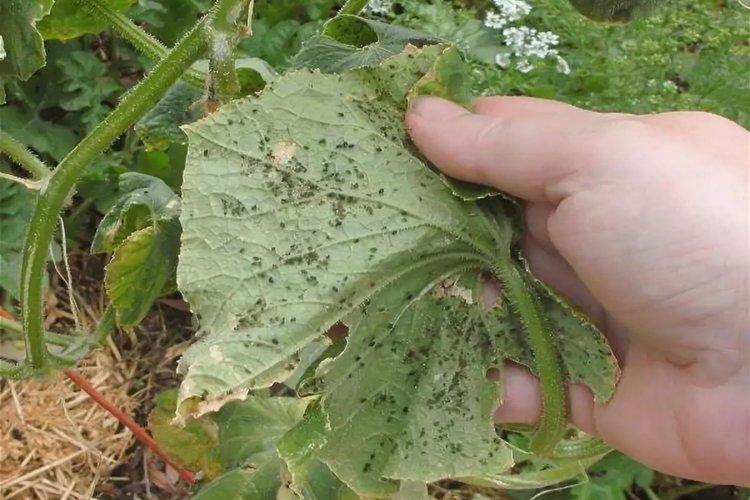
Leaves turn yellow and dry
It is not surprising if the leaves begin to turn yellow or dry, because this is a natural reaction of the plant. The reasons can be almost anything - from improper care to an incurable virus, so pay attention to the accompanying symptoms.
- Due to a lack of moisture, the leaves of cucumbers turn yellow and dry, but if you constantly pour seedlings, they will begin to turn yellow and rot;
- If there is too much sun, it is fraught with burns on the leaves. And when too little, the process of photosynthesis is disrupted and cucumbers lose their green pigment;
- Yellow spots and stripes that are woven into a mosaic pattern - a symptom of an incurable mosaic virus;
- Peronosporosis leaves pale yellow spots on the leaves, which gradually become larger and darker.
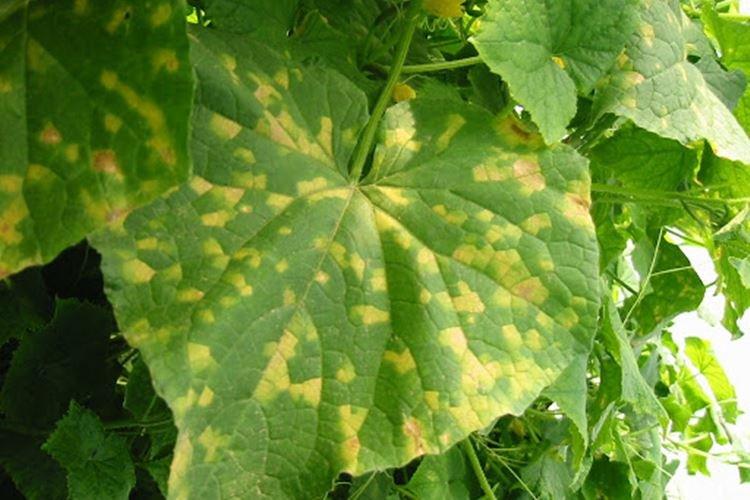
Brown spots on cucumber leaves
Chaotic spots of all shades of red and brown appear most often due to fungal diseases. There are a lot of them, but the principle of treatment is similar - to remove the source of infection and treat everything around with fungicides.
- Dark gray-brown spots spread over the leaves and stems when affected by ascochitosis. In their places, gum secretions may remain;
- Fusarium infection affects the root system and the entire plant as a whole, so that brown spots on the leaves of cucumbers can be a symptom of it;
- If the brown spots look oily, it is bacteriosis, and it spreads very rapidly;
- Cladosporium is an olive blotch that manifests itself as dark spots with an olive tint;
- Bacterial specks appear soft and wet. In the future, they can turn into open sores.
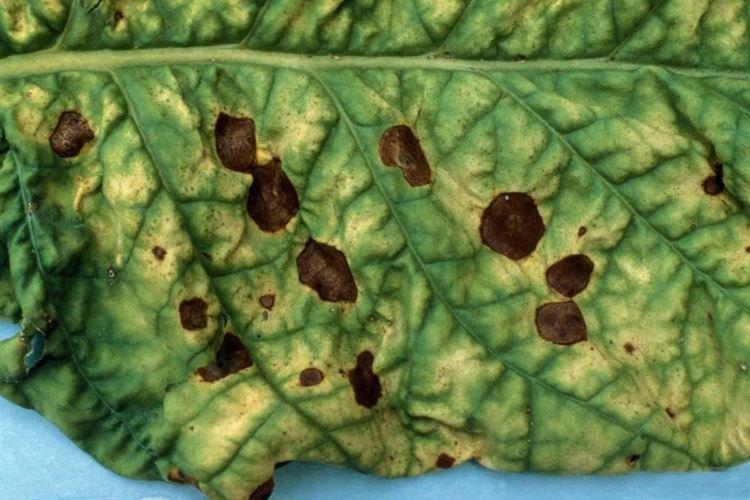
The leaves of cucumbers turn black
If the leaves have already begun to turn black, this indicates a more advanced stage of the disease. In the worst case, full-fledged necrotic foci appear on the cucumbers.
- The leaves turn black and the stems become rotten when the cucumbers are destroyed by root rot. It is difficult to notice in the early stages and therefore very difficult to cure;
- Due to bacterial cancer, tumors, ulcers and black spots are formed throughout the plant;
- Less often cucumbers turn black due to late blight, which also affects whole seedlings.
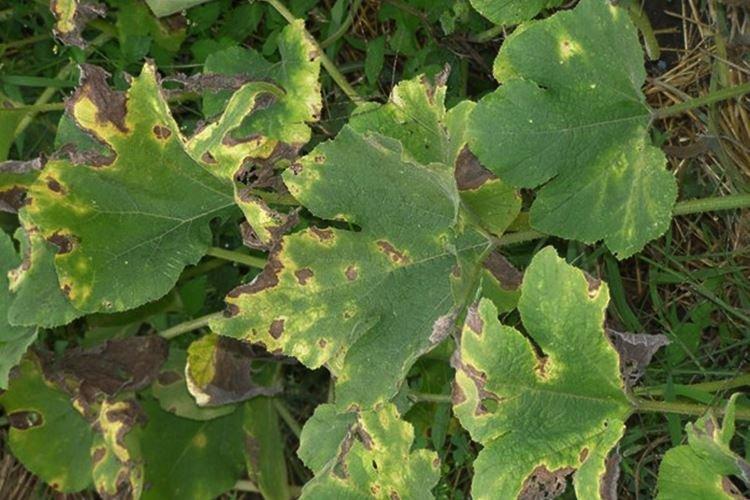
White bloom on cucumber leaves
Among the typical manifestations of fungal diseases is white bloom on the leaves, regardless of location and shade. Sometimes, upon closer inspection, it turns out to be a small and abundant web, but there is also a solution.
- A spider mite leaves a whitish cobweb on the leaves and between them, which settles on almost all plants;
- White bloom on the leaves of cucumbers on warm, humid days remains when affected by powdery mildew;
- If white, cotton-like formations have gathered on the leaves, this is sclerotinia.Gradually, the cucumbers will be completely covered with bloom.
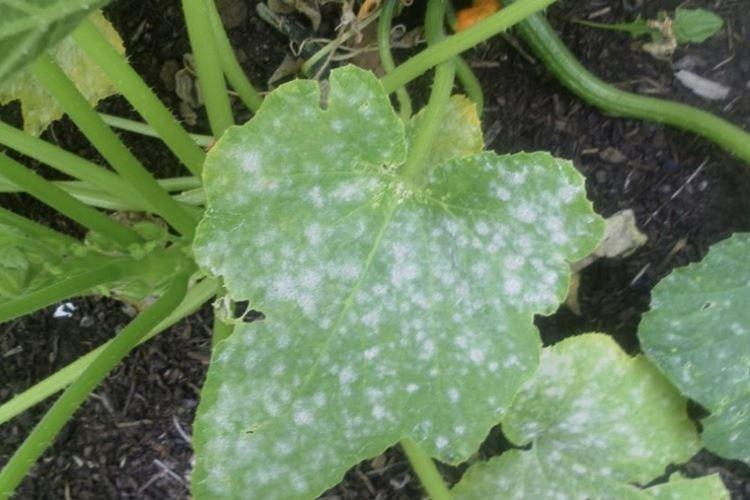
Pale and light leaves
The leaves change color along the entire plate due to chlorosis, which can have a variety of reasons. This is affected by non-compliance with agricultural technology, weak immunity of cucumbers or concomitant diseases.
- Due to a lack of fertilizers or individual microelements, cucumber seedlings fade and turn yellow. Most often it is nitrogen, calcium, iron or boron, but we recommend using balanced complexes;
- Young leaves grow weak immediately if conditions or soil are not suitable for them;
- Home seedlings brighten when there is a lack of sun, so it is better to rearrange them to the window or to the balcony;
- Some types of mosaic do not leave yellow, but white chaotic spots. For example, alfalfa.
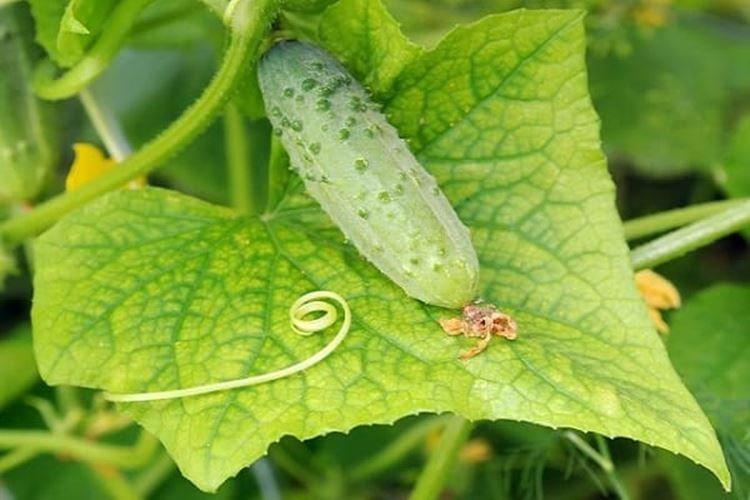
Cucumber leaves curl
Even large and rather weighty cucumber leaves can curl or deform. Basically, the problem is in pests or viruses that affect the plant at the cellular level.
- Cucumber leaves curl up and wither if they run out of space. The beds should not be too thick, because they should not be cramped, and they should be blown out;
- Vertical wilt can be another reason why cucumber leaves curl and wilt without other visible problems.
